| |
| WARANGAL FORT |
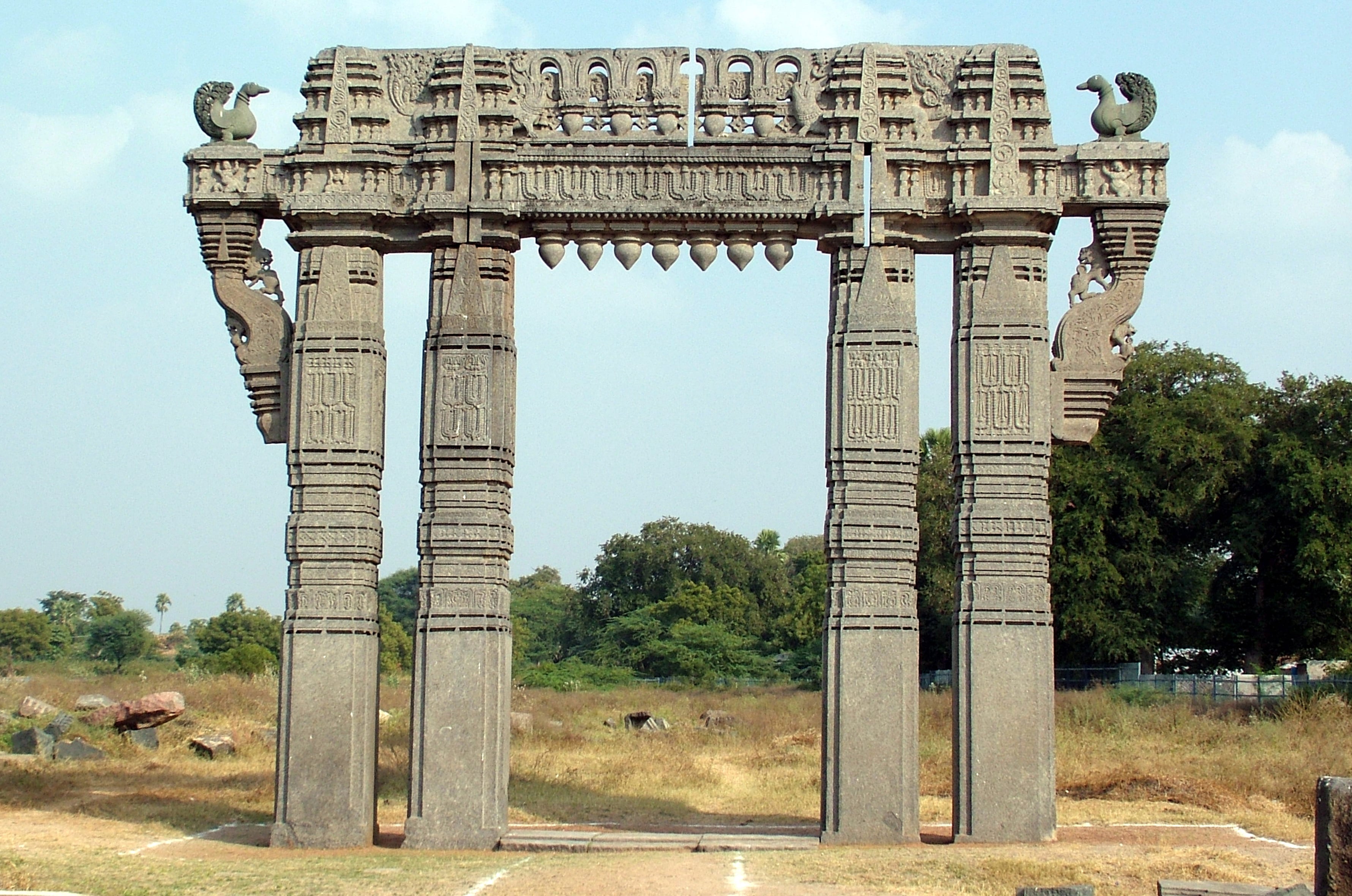 |
|
The great circular fort is surrounded by an outer earthen wall and an inner masonry one. The famous temple of Kesava-Sri Swayambhu, constructed by Ganapathideva, was destroyed by a General of the Qutubshahi kings. The ruins strewn all over, however, bear eloquent testimony to its original beauty and sculptural grandeur. One of its distinctions is the finely sculpted and chiselled four great gateways ‘Toranas’ which stand high and sublime even to this day as proof of their imagination and ingenuity, artistic and architectural splendour. Appropriately enough, Kakatiya University had adopted the magnificent Torana on its logo |
| |
| THOUSAND-PILLARED TEMPLE |
 |
|
The Thousand-pillared Temple, built by Rudradeva is the most important monument in Hanumakonda. It was originally known as 'Trikuta' for its enshrined three deities, Rudreswara, Vasudeva and Suryadeva. Of the three idols, only the Shivalinga remains. The highly ornate workmanship on the doorways of the garbhagruha, the artistry on the massive pillars and on the ceiling charm the devotee and the tourist alike. On a narrow platform connecting the ‘Trikuta' and a Mantapa to the south is placed the celebrated Nandi, a massive monolithic masterpiece in granite. Its profuse ornamentation exhibiting intricate diverse patterns, the precision of its workmanship and the natural delineation make it a symphony in stone.
The Padmakshi Temple built on a hillock nearby reveals traces of Jain monastic caves. |
| |
| BHADRAKALI TEMPLE |
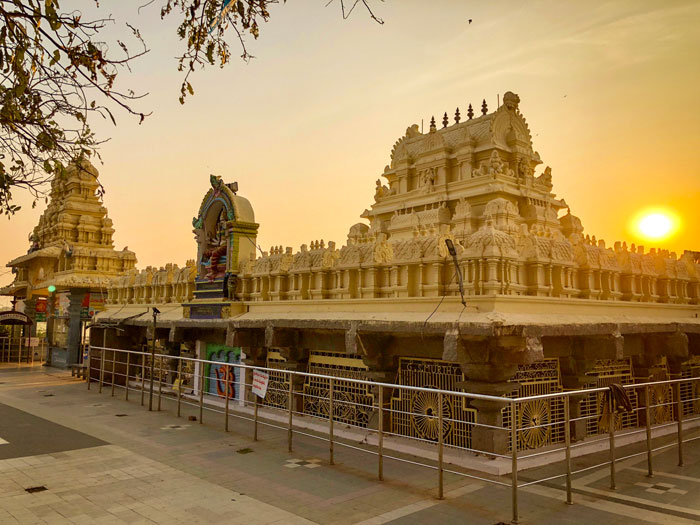 |
|
Situated on the bund of the Bhadri tank in between Hanumakonda and Warangal, the Bhadrakali Temple has been renovated in recent times. The figure of the presiding deity is Chamundi. She has multiple hands carrying various weapons. This has prompted some scholars to identify her as the actual Kakati, the guardian deity of the Kakatiyas. |
| |
| RAMAPPA TEMPLE |
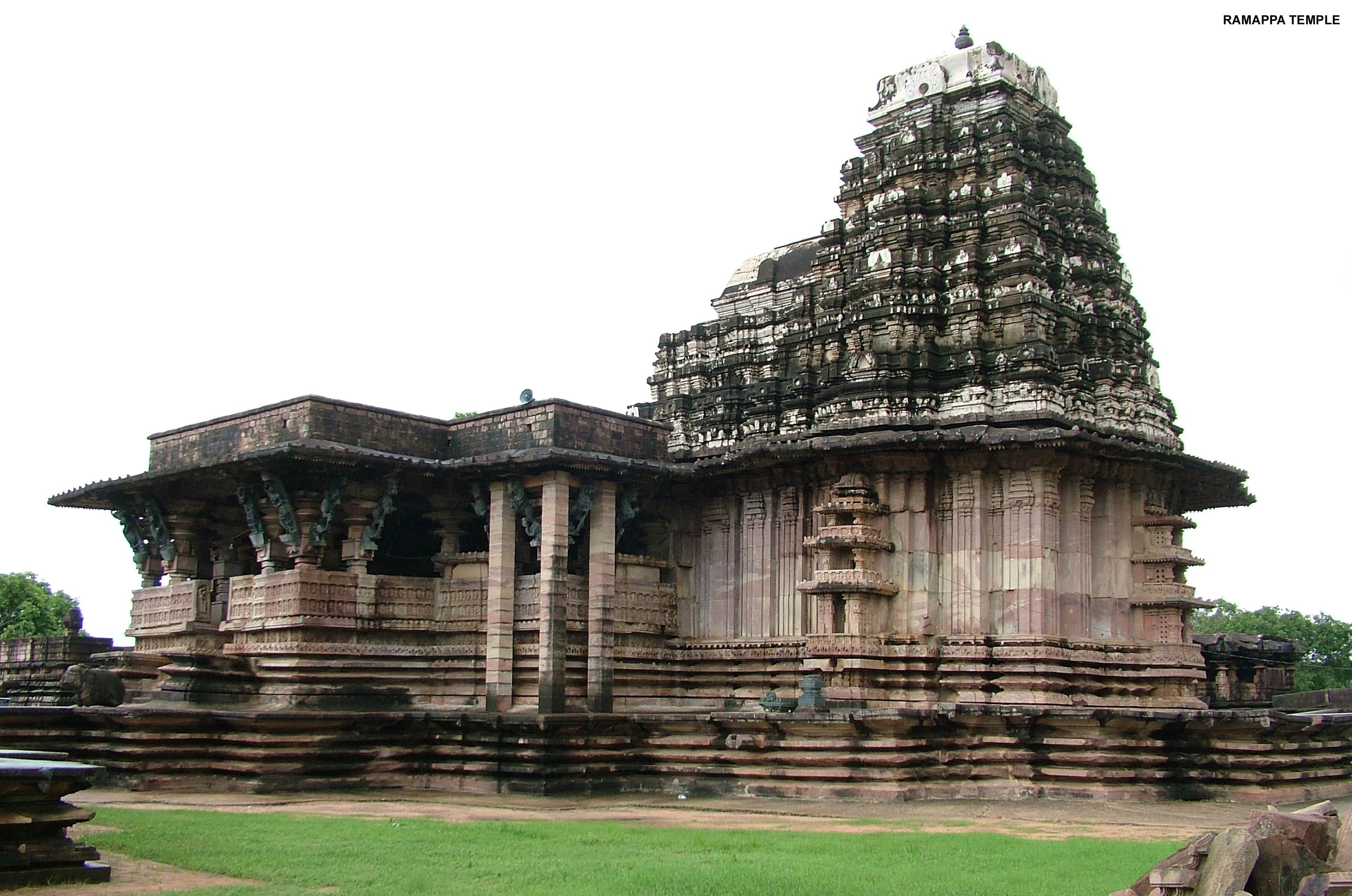 |
|
The 13th century Ramappa temple in Palampet was inscribed as a UNESCO World Heritage Site, first one in Telangana, on July 25, 2021. The Kakatiya-style Hindu temple is an emblematic architectural marvel with ornate carvings and shrines. During the Kakatiya period, between 12th and 13th centuries Recharla Rudra, a general of Kakati Ganapati Deva, built the temple. The main temple was started in 1213 AD and finished 40 years later.
|
| |
|
The temple of Palampet (sixty kilometres from Warangal) dedicated to Rudreswara is often described as the brightest star in the galaxy of the medieval temples of the Deccan. It reflects a repository of Kakatiyan creative genius, with its intricate carvings adorning the walls, pillars and ceilings of the marvellous edifice. Though the presiding deity is Ramalingeswara Swamy, the temple was named after its chief sculptor, Ramappa. It is perhaps the only temple in the country to be known by the name of its sculptor. The Kakatiyas used unique techniques to build it. For instance, one of the main reasons for the temple to get the UNESCO recognition was that it was built with the sandbox technique.
|
Its sculpture produces the same effects as Pothana's epic might evoke in a receptive heart, a rare lyrical charm and splendour. The figurines in the temple delineate the rhythmic gracefulness and contours of not only the human body but of the animals and celestial beings, and present the kaleidoscopic pattern of life, its variety and vigour, its carnality and sanctity. The famous Nagini is one of the twelve figurine brackets exuding charm and visual treat.
|
|
The Nandi mounted on a raised pedestal in the mantapa is unique in its exquisite polish that feels like velvet. The bricks used for the gopura of the Siva temple float on water that speaks volumes of their scientific ingenuity.
|
| |
| LAKES |
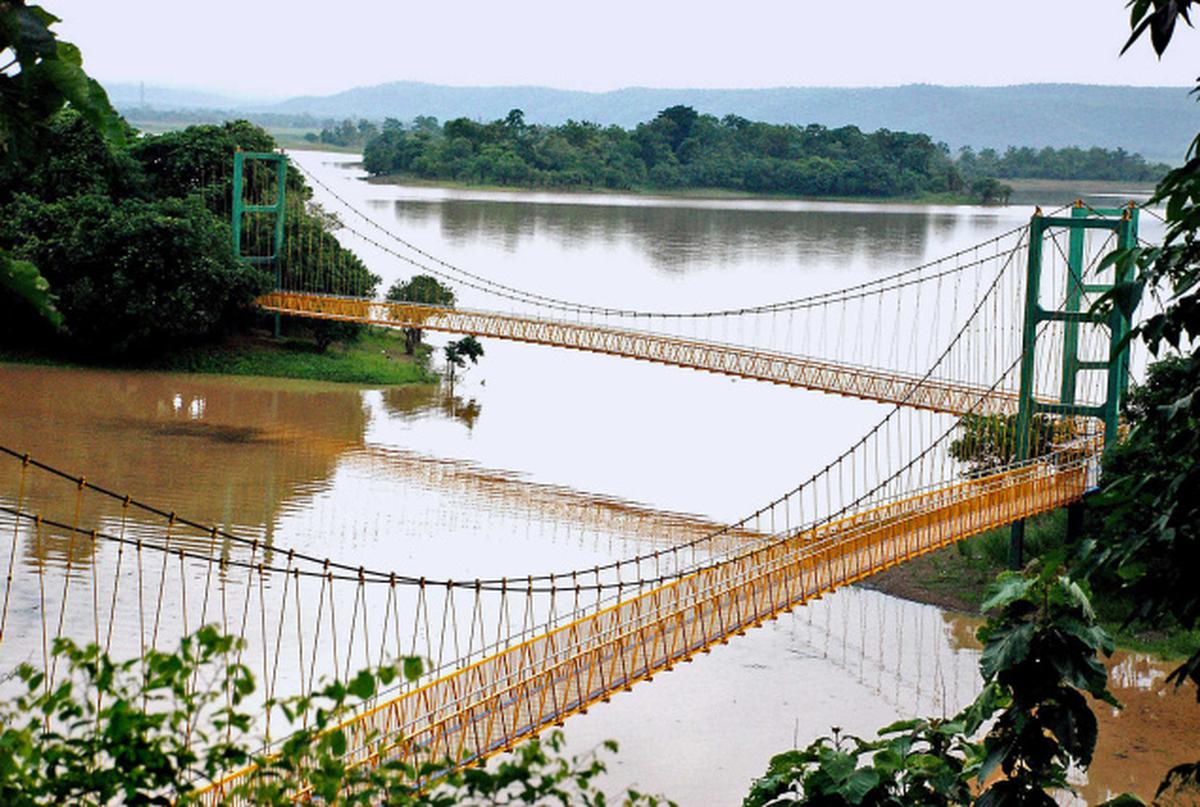 |
|
The three lakes of Ramappa, Lakhnavaram situated about fifty kms east of Warangal, and Pakhal, about seventy kms from Warangal are the valuable legacy left by the Kakatiya kings. Apart from irrigating thousands of acres of land, they serve as places of tourist attraction now. |
| |
| MEDARAM JATARA |
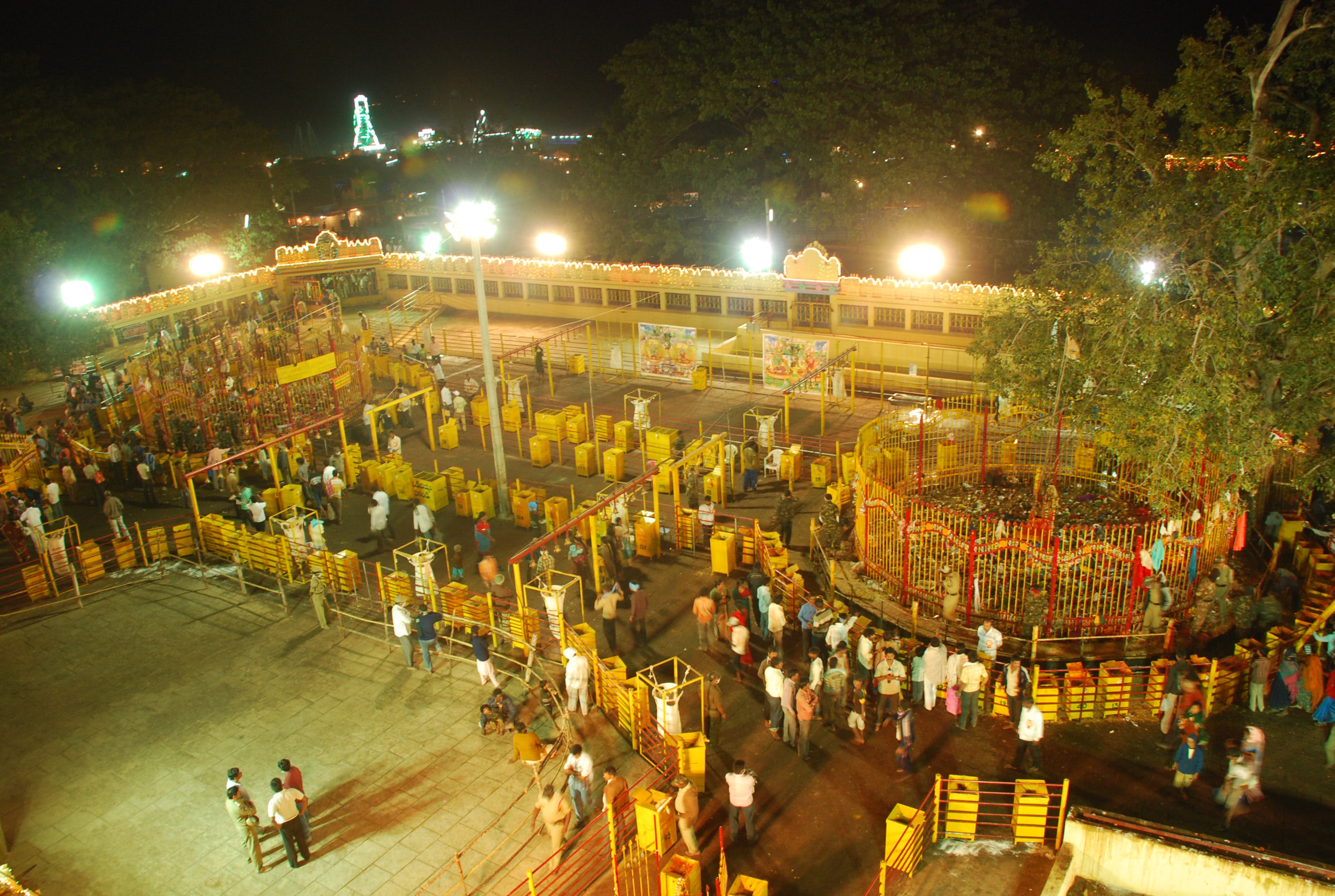 |
|
A two-day Medaram Jatara, a tribal festival is celebrated biannually at Medaram, a small village, amidst thick forest about 100 km away from Warangal with much devotion, fanfare and gaiety. It is believed that the two presiding deities Sammakka, Saralamma who scarified their lives fighting against the rulers to protect the tribal interests, make their appearance on Magha Purnima to bless the devotees. Lakhs of devotees from all walks of life attend the Jatara, a thrilling sight to behold what with unending caravans proceeding to the Jatara. |
|